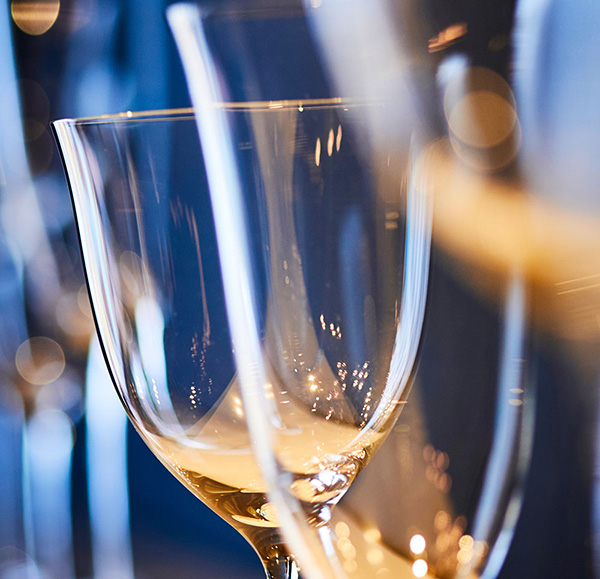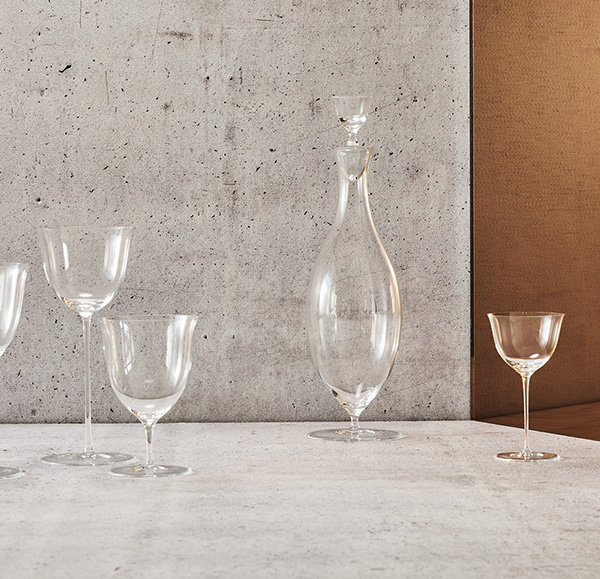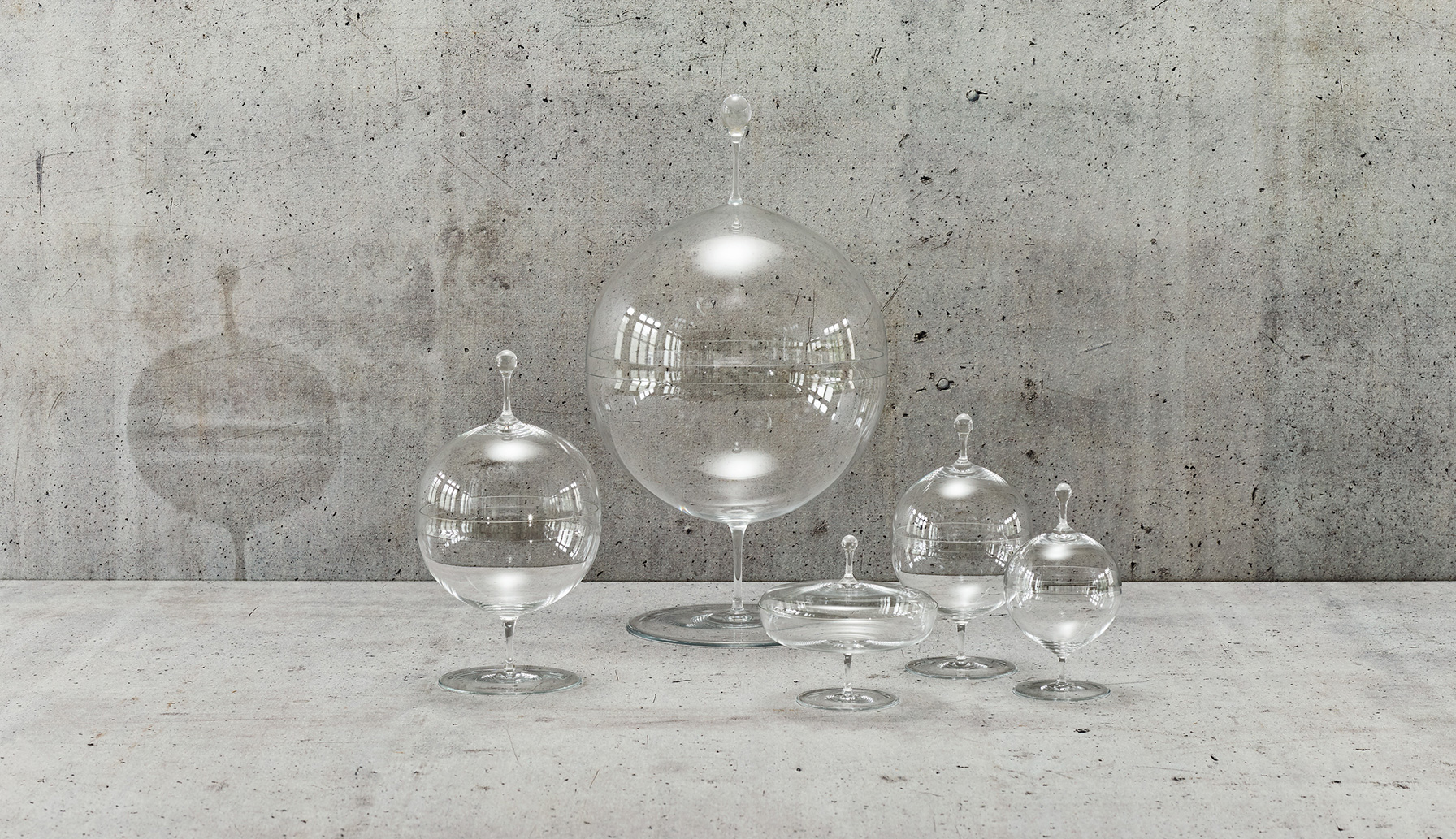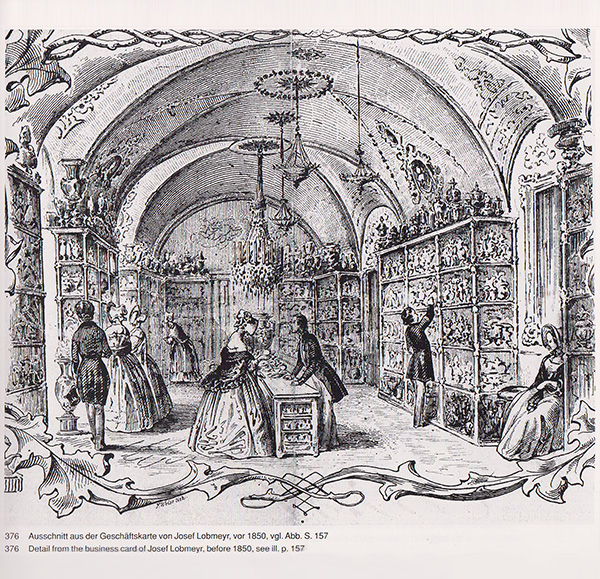
Login
NEW CUSTOMERS
By creating an account with our store, you will be able to move through the checkout process faster, store multiple shipping addresses, view and track your orders in your account and more.
CREATE AN ACCOUNTSEARCH
Shopping cart
The clarity of water and mountain crystal have elicited profound fascination since the beginning of time.
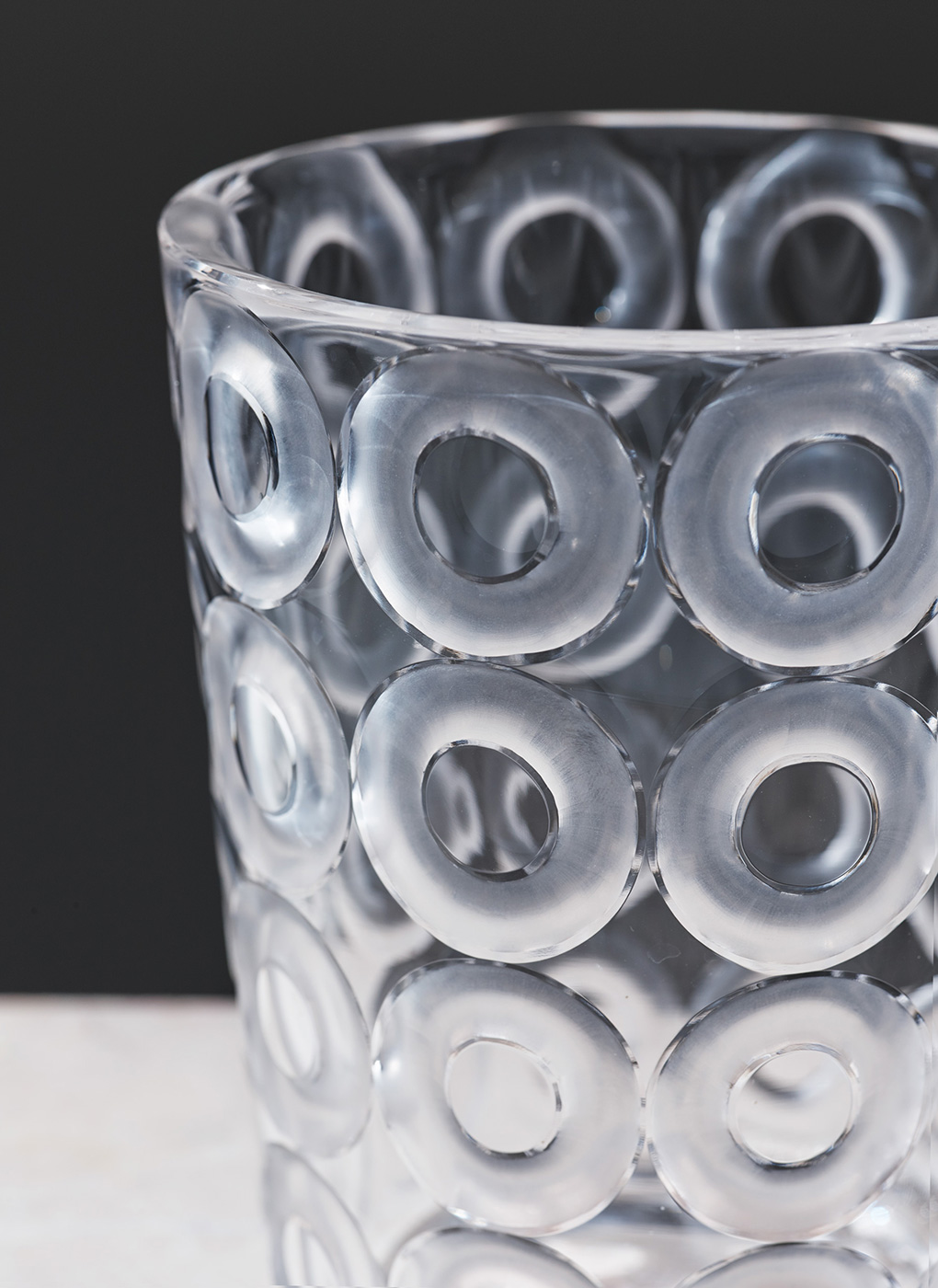
Crystal Ideals
The technique of melting quartz sand and shaping objects of enduring cultural value dates back to the fourth millennium before Christ, a slow and steady evolution into what we today understand as glass and particularly as crystal. Even in Antiquity, people were honing transparent vessels out of rock crystal. During the Renaissance, the court of Rudolf II in Prague was a hotspot for stone carving, a technique that was soon transferred from precious stones to glass. The era of crystal glass was ushered in when the Venetians succeeded in producing their cristallo by removing the colour; prior to this, glass usually had a greenish tint from iron impurities in the quartz sand.
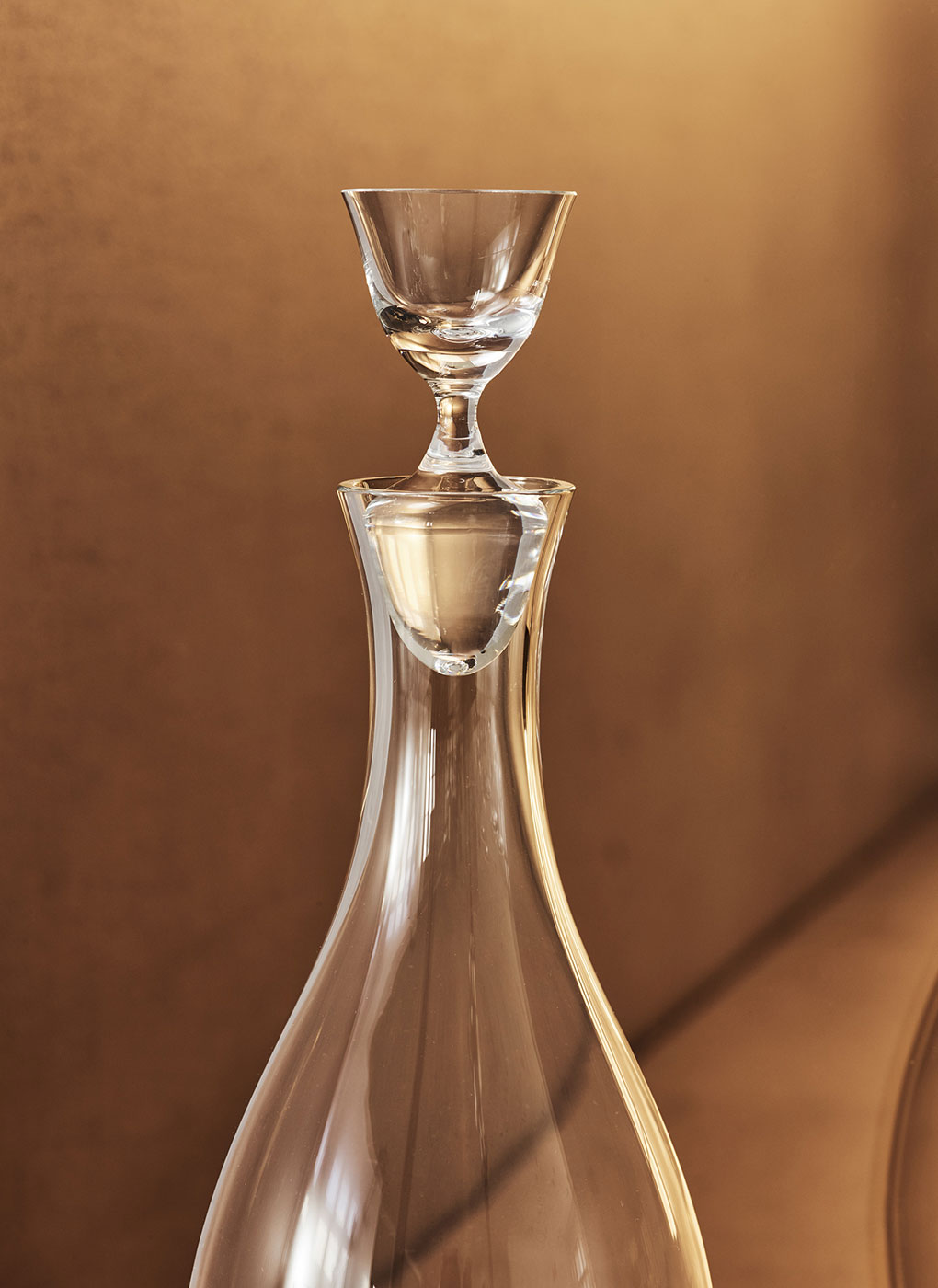
Something which can be seen throughout the history of glass (from the Germanic word glasa: that which shines; shimmers). As early as during the Renaissance, it became possible to strip glass of its colour to make it look like quartz crystal. Later, oxides were added to glass mixtures to enhance their brilliance. Lobmeyr’s special lead-free crystal has been revealing the magic of the material for almost 200 years.
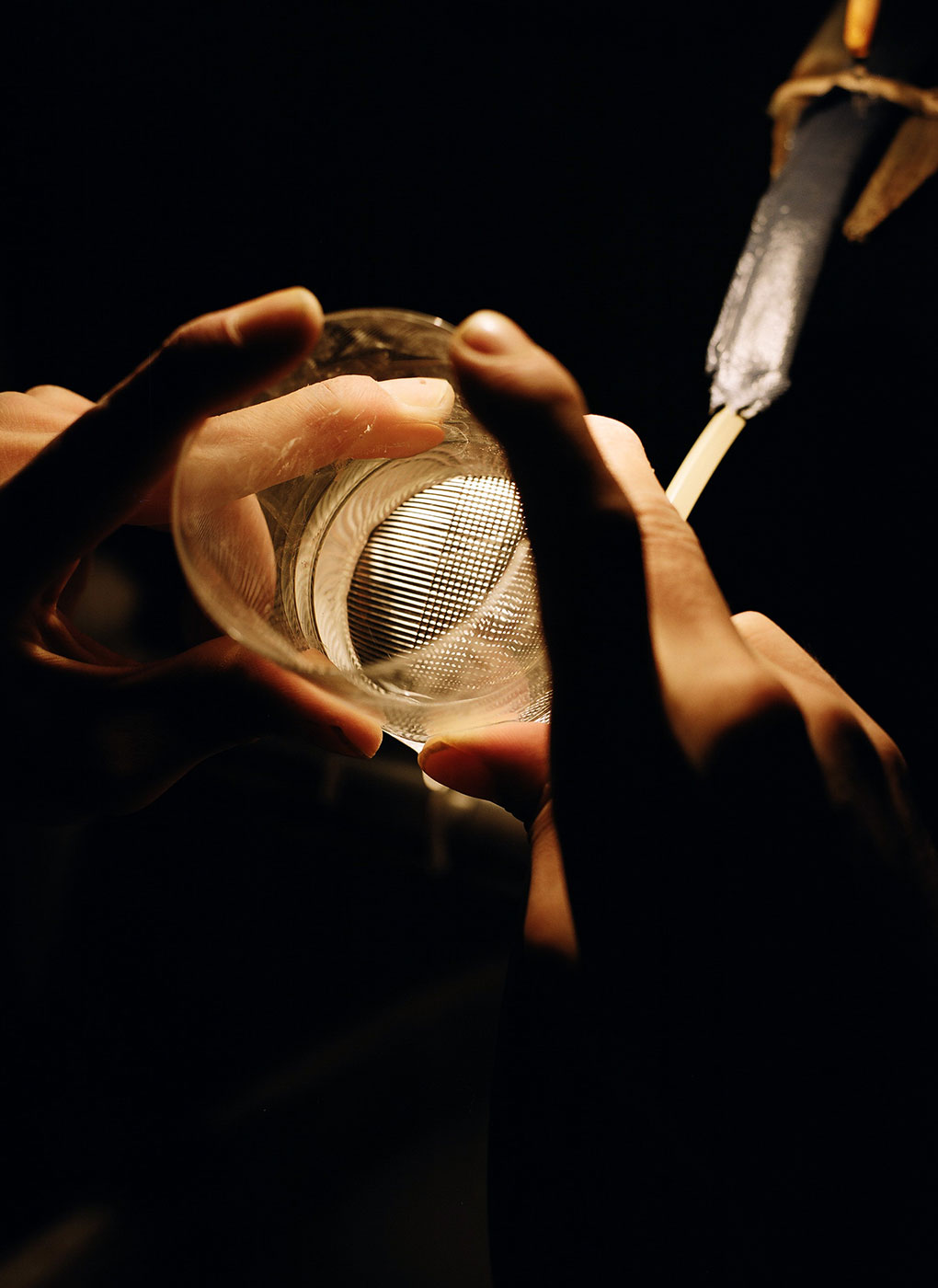
What Makes Glass Crystal?
Crystal glass as used for dining is characterised by its great brilliance and particularly beautiful refraction of light. It is no coincidence that crystal remains synonymous with high-quality glassware, especially in drinking glasses. By today’s definition, glass is said to be crystal when it contains at least a ten percent mixture of oxide (lead, barium, potassium, or zinc oxide). Potassium crystal was always processed in the Austrian-Bohemian region. However, lead crystal, still popular today, came from England and established itself globally starting in the 17th century.
The Lustrous Shine… Is Lead-Free
Lobmeyr always made a conscious statement against this trend by only using lead-free crystal. It would not even be possible to make truly fine muslin glass from lead crystal, as it is much too brittle and fragile. Furthermore, the “loud” glitter of lead crystal conceals delicate shapes and artful cuts instead of emphasizing them. Cut lead glass is also usually polished in an acid bath that simply etches away fine shadings and corners. At Lobmeyr, we rely on craftsmanship: Each cut surface is polished by hand in several stages. This makes the glass sparkle, bringing out its fine ridges and edges, just like mountain crystal. This is the only way to achieve the quality that our company stands for, and that our discerning customers appreciate.
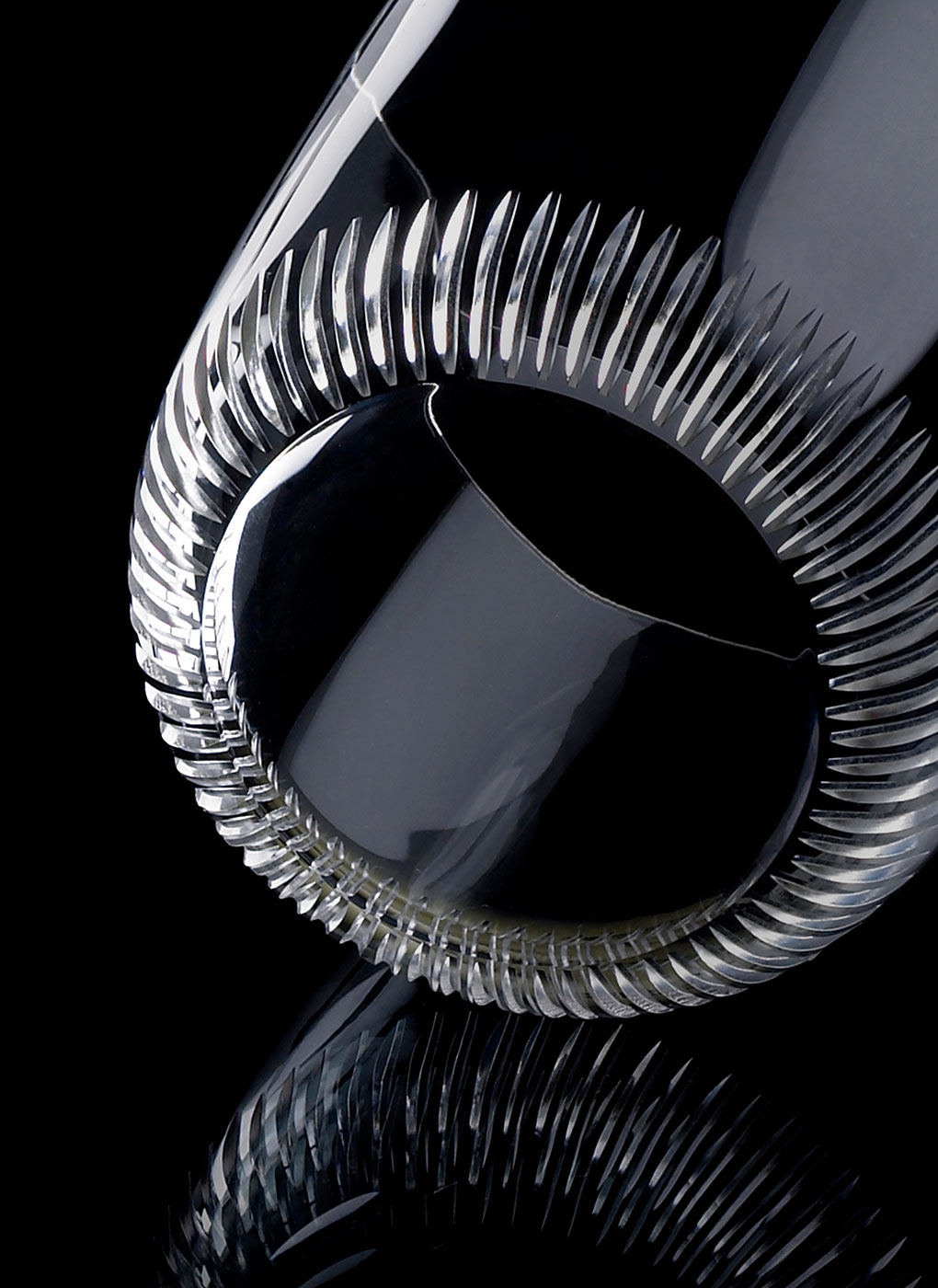
STORIES
STORIES

